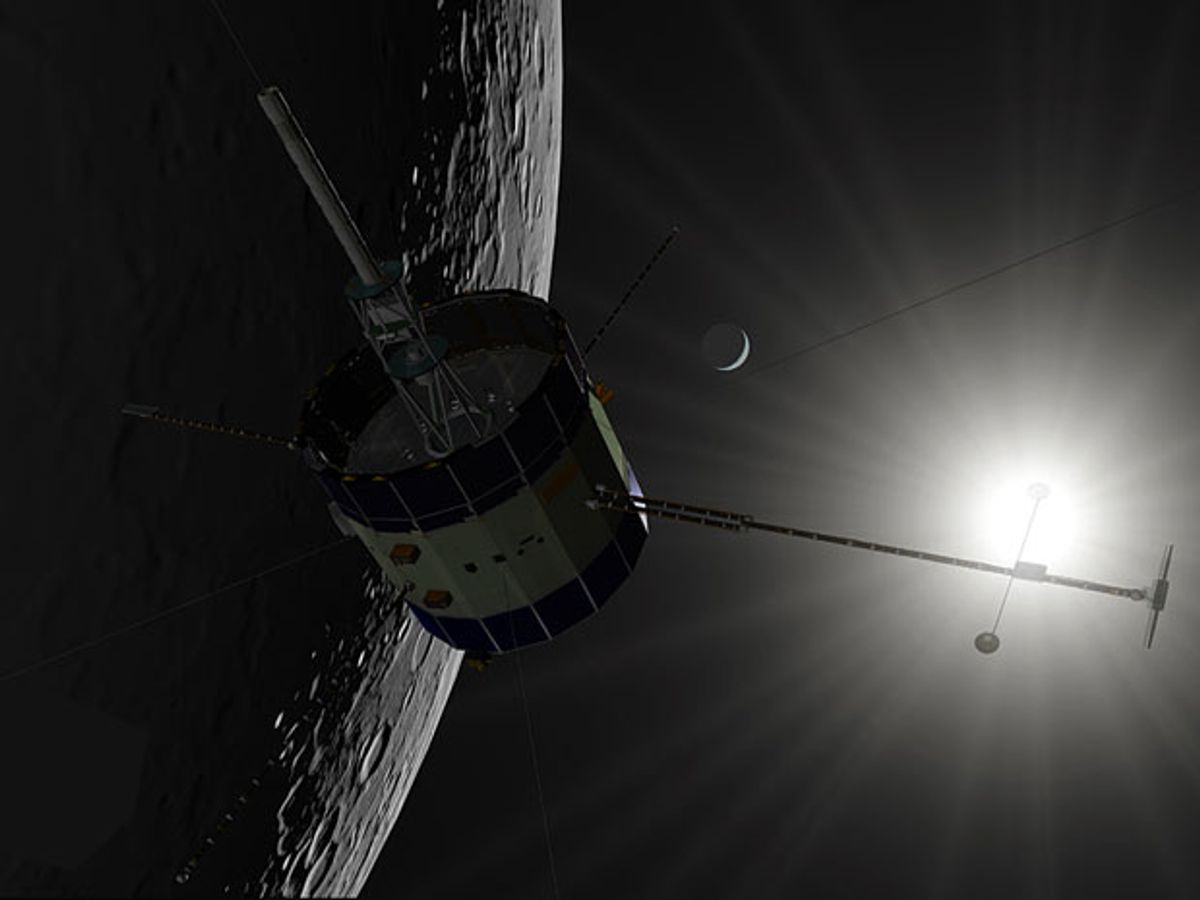In a few days time, ISEE-3 will begin its long goodbye, as it zips some 12,000 kilometers above the surface of the moon on Sunday before continuing on back into deep space.
For the volunteers who have tried to bring the 35-year-old NASA spacecraft back home, it's likely to be a bittersweet moment. A "reboot" team led by Dennis Wingo, CEO of California-based Skycorp Incorporated, and Keith Cowing, editor of the websites NASAWatch and SpaceRef, worked for months to return the spacecraft to an orbit close to the Earth's, where it could resume its original mission observing the solar environment.
The team raised nearly $160,000 in a crowd-funding campaign, redeveloped the capability to communicate with the spacecraft, obtained permission from NASA to command the spacecraft, and successfully took control.
But attempts to fire the thrusters fizzled. Although there was some early hope that creative plumbing might fix the problem, in the end, the team determined that there wasn't enough nitrogen pressurant left to force hydrazine fuel through the spacecraft's thrusters. "It obviously leaked away, but the mechanism for how that happened is undetermined at this time," Wingo says.
The team is not yet done with ISEE-3, however. At least four of the spacecraft's instruments are returning good data, Wingo says. That includes a magnetometer that can explore the front where the Earth's magnetosphere meets the solar wind, and an experiment that can be used to measure the flux of protons coming from the sun.
Radio dishes on the ground will be able to pick up ISEE-3's science signals for months to come. The last to be able to do so—the Arecibo telescope in Puerto Rico—will likely lose contact with the spacecraft in about a year, Wingo says.
Although ISEE-3's nitrogen leaked away, the spacecraft has shown incredible longevity otherwise. Its solar arrays draw more than 90 percent of the power they did in 1980—about 150 W—and the spacecraft's 1970's CMOS circuitry—which consists of 4000-series RCA state logic—is still largely functional. When it comes to the solar arrays, Wingo says, it's possible that some low-temperature self-annealing process might have helped repair radiation damage.
The spacecraft will have to hold up even longer if we're to make contact once more. It will be another 15 years before ISEE-3 gets this close to Earth again.
Rachel Courtland, an unabashed astronomy aficionado, is a former senior associate editor at Spectrum. She now works in the editorial department at Nature. At Spectrum, she wrote about a variety of engineering efforts, including the quest for energy-producing fusion at the National Ignition Facility and the hunt for dark matter using an ultraquiet radio receiver. In 2014, she received a Neal Award for her feature on shrinking transistors and how the semiconductor industry talks about the challenge.



